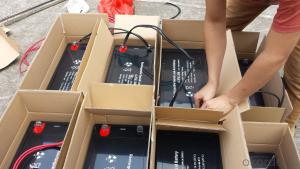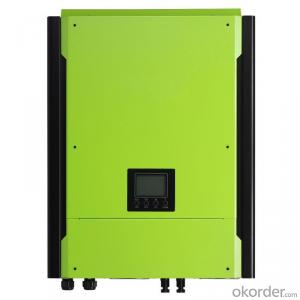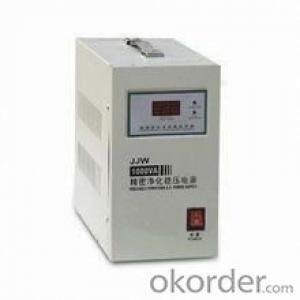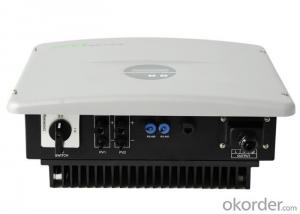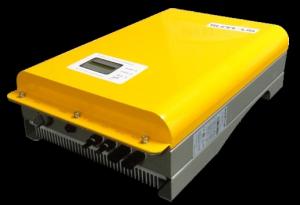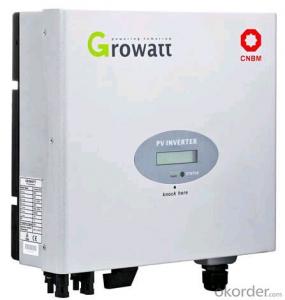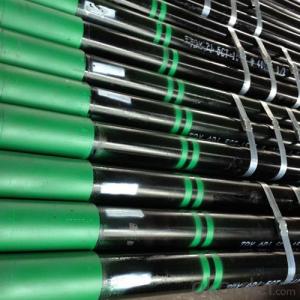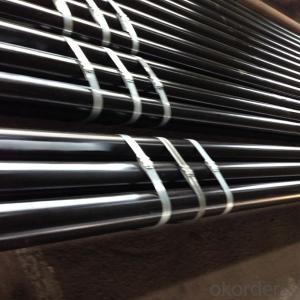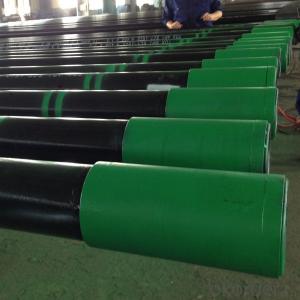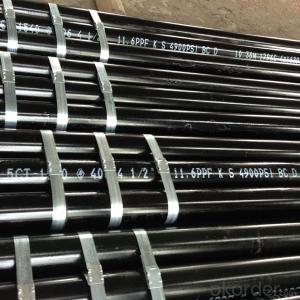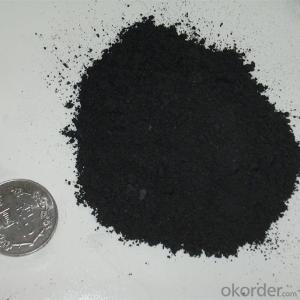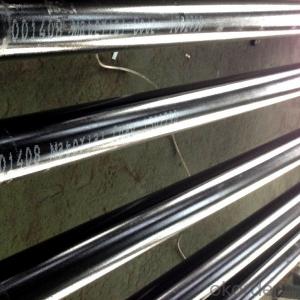Fronius Solar Hybrid Inverter
Fronius Solar Hybrid Inverter Related Searches
Fronius Solar Inverter Fronius Solar Power Inverter Solar Fronius Inverter Fronius Inverter Solar System Fronius Primo Solar Inverter Fronius 3 Phase Solar Inverter Solar Inverter Fronius Price Fronius Solar Inverter Price Fronius Solar Inverter 3kw Fronius Solar Inverter 10 Kw Hybrid Solar Inverter Solar Hybrid Inverter Hybrid Solar Power Inverter Inverter Solar Hybrid Solar Inverter Hybrid Solar System Hybrid Inverter Inverter Hybrid Solar Hybrid Solar Inverter System Smart Hybrid Solar Inverter Hybrid Inverter Solar Solar Hybrid Inverter System Buy Hybrid Solar Inverter Best Hybrid Solar Inverter Hybrid Inverter Solar System Best Solar Hybrid Inverter Growatt Hybrid Solar Inverter 2kw Solar Hybrid Inverter Tesla Hybrid Solar Inverter 2kw Hybrid Solar Inverter Phocos Solar InverterFronius Solar Hybrid Inverter Supplier & Manufacturer from China
Fronius Solar Hybrid Inverter is a cutting-edge product that combines the functionalities of a solar inverter and a battery charger into a single, compact unit. This innovative technology allows for seamless integration of solar power into homes and businesses, optimizing energy consumption and storage. The Fronius Solar Hybrid Inverter is designed to maximize the use of renewable energy sources, reducing reliance on traditional power grids and lowering overall energy costs.The Fronius Solar Hybrid Inverter is widely used in various applications, including residential and commercial solar power systems. It is particularly beneficial in areas with fluctuating energy demands or where grid stability is a concern. By storing excess solar energy in batteries and releasing it when needed, the inverter helps maintain a consistent power supply and enhances the overall efficiency of the solar power system. This makes it an ideal choice for off-grid or grid-tied applications, as well as for backup power solutions during grid outages.
Okorder.com is a leading wholesale supplier of the Fronius Solar Hybrid Inverter, offering a vast inventory of this high-quality product. With a strong commitment to customer satisfaction, Okorder.com ensures that customers receive the best possible prices and services. The company's extensive stock allows for quick and efficient delivery, making it a reliable choice for businesses and individuals seeking to invest in sustainable energy solutions.
Hot Products





















